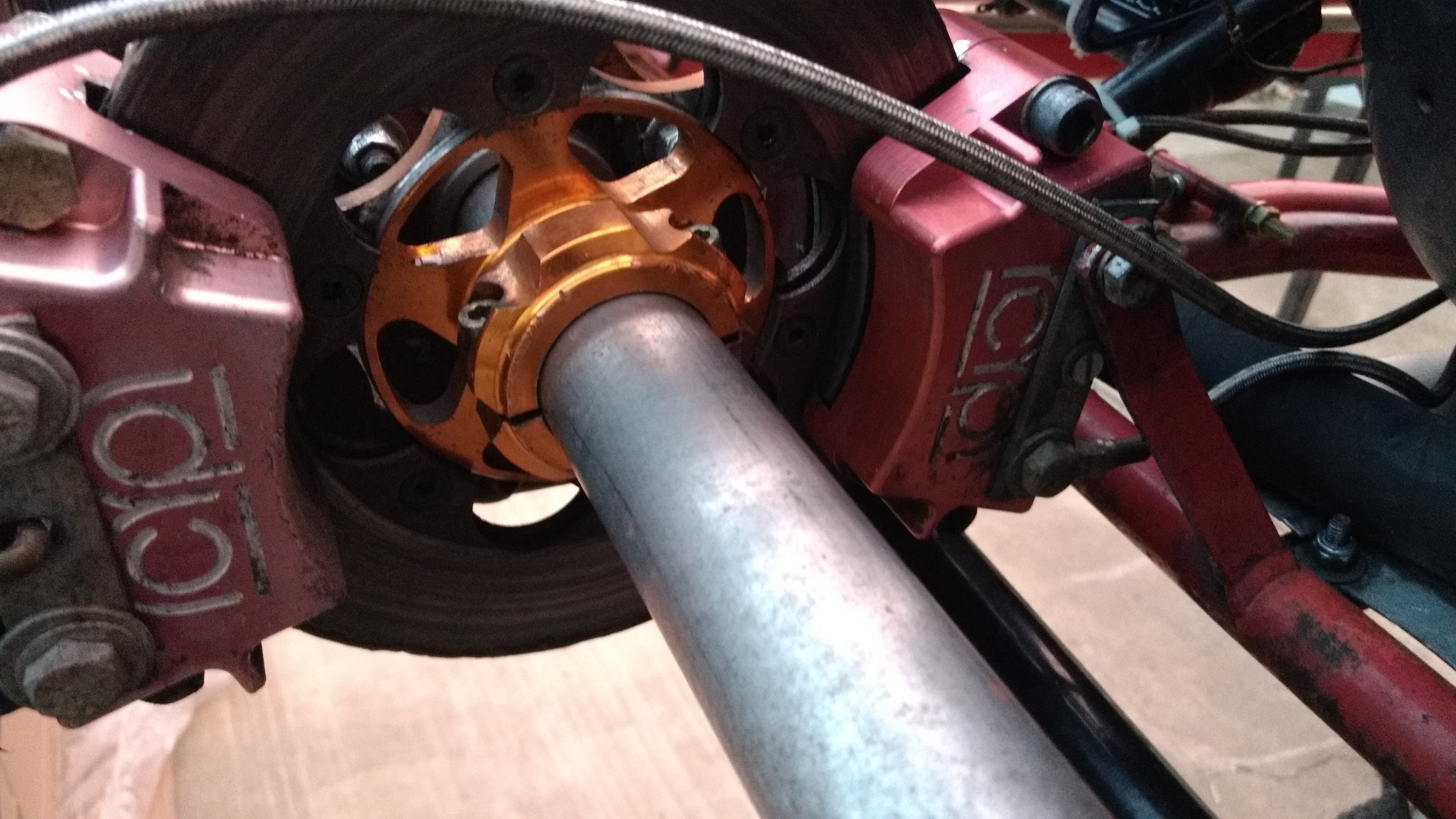Paul E Martin Jr. Shared some good insights on Facebook about things to consider for vintage brake systems.
Let me provide a little history here concerning kart brake systems. Pretty much the first hydraulic brake system made for karts was the Hurst/Airheart system that most of we older guys used on our early karts from the '60’s.
H/A used two types of seals for their systems but karting nearly always got the Nitrile Buna-N seals that were compatible with the red mineral base brake fluid that was used in the aircraft industry. It is a relatively high boiling point fluid and suitable for karting.
When Enginetics came along in the late 70’s, they chose to use DOT-5 Silicone brake fluid. It’s main advantages over DOT 3,4 fluids was a higher boiling point and it is hydrophobic, meaning it does not absorb moisture and consequently reduce the boiling point of the fluid. DOT 3-4 fluid are hygroscopic meaning they absorb any moisture available to it. This is a bigger problem in humid areas of the country than dry areas. Think Florida versus Arizona.
Another advantage of silicone fluid is that it will not harm your finish on your kart, Harley or collectible car.
Glycol base fluids make pretty good paint remover. Silicone fluid can be used with any of the seals typically used in brake systems. It cannot be mixed with glycol based DOT 3,4 fluids.
You could not use DOT 3,4 brake fluid in H/A, Enginetics or MCP standard brake systems without changing to Ethylene Propylene (E-P) seals.
As mentioned earlier, you may use DOT-5 silicone fluid with Nitrile Buna or E=P seals with no problem. Just don’t add it to existing systems with glycol base fluids.
Silicone brake fluids one downside is that it will expand more than the glycol based fluids. Technically it is also more compressible but I personally have never been able to feel that difference.
Long story short, you have to use either mineral base or silicone fluid with H/A, Enginetics and MCP systems unless the seals have been changed from standard. Mineral base fluid is not compatible with E-P seals but DOT-5 silicone is. I hope this helps clear up this issue.
